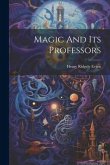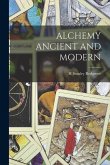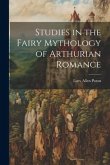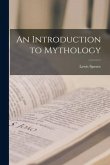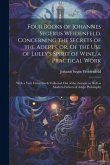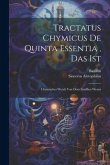This is a historical exploration of magic and witchcraft in Europe from the Middle Ages to the 19th century. It delves into the popular beliefs about magic and the supernatural, including witch hunts and witchcraft trials. The book provides valuable insight into the cultural, religious, and social factors that shaped attitudes towards the supernatural, and how these attitudes continue to affect society today. This work has been selected by scholars as being culturally important, and is part of the knowledge base of civilization as we know it. This work is in the "public domain in the United States of America, and possibly other nations. Within the United States, you may freely copy and distribute this work, as no entity (individual or corporate) has a copyright on the body of the work. Scholars believe, and we concur, that this work is important enough to be preserved, reproduced, and made generally available to the public. We appreciate your support of the preservation process, and thank you for being an important part of keeping this knowledge alive and relevant.
Bitte wählen Sie Ihr Anliegen aus.
Rechnungen
Retourenschein anfordern
Bestellstatus
Storno



